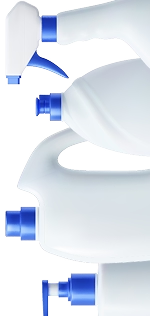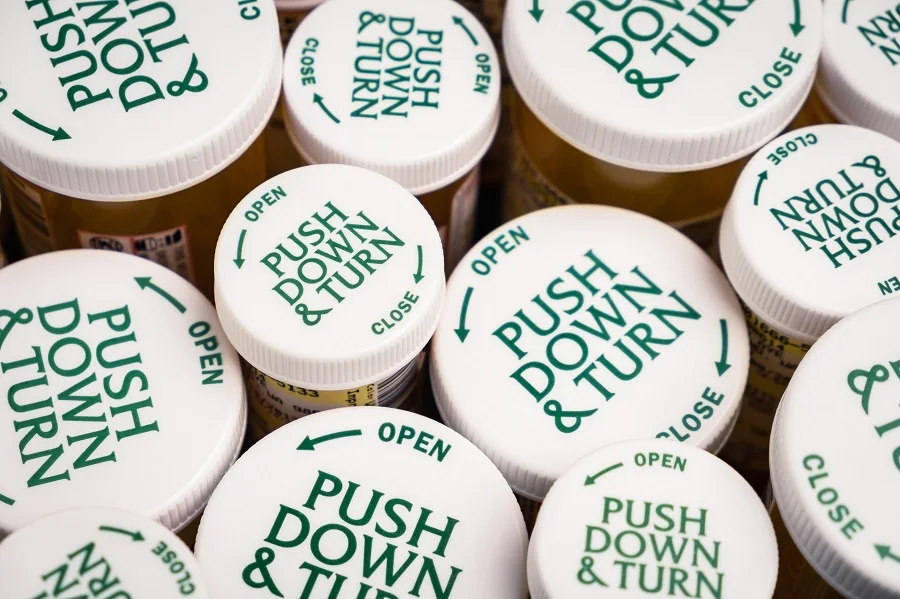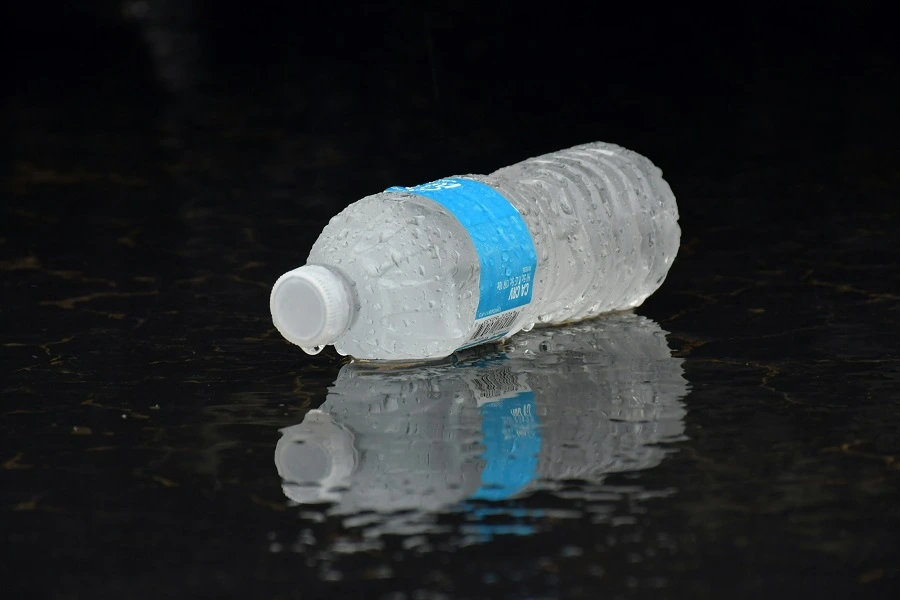How Much Should Packaging Design Cost for Drink Brands? Price Guide 2025.
- ByRobert "Rob" Starmann
- July 14, 2025
In the competitive beverages market, packaging isn't just a container — it's a crucial marketing asset that communicates your brand's value proposition in milliseconds. As business owners and product managers in the beverage industry know all too well, budgeting for packaging design can be challenging without industry insights.
How much should I invest? What's reasonable? What's too little? These questions plague many drink brands looking to make an impact. Thankfully, you don’t have to answer these questions without professional guidance.
With over 50 years of industry experience as a full-service beverage packaging distributor, Ashland Container has guided countless beverage companies through this decision-making process.
In this comprehensive guide, we'll break down exactly what influences beverage packaging design cost and help you make informed decisions about this critical investment. By the end, you’ll have insight and peace of mind to help guide your decisions.
Why Is Packaging Design So Important for Drink Brands?
Packaging design is often the first interaction a potential customer has with your brand, making it a powerful tool for shaping perceptions, conveying value, and ultimately driving sales.
Why is effective packaging essential for success in the beverage industry?
- First impressions matter: In the competitive beverage aisle, it communicates who you are and influences purchasing decisions within milliseconds. Think of it as a critical tool to help your brand stand out and grab attention.
- Differentiating in a crowded market: Effective packaging creates visual "stopping power," drawing consumers to your product first. Innovative designs and unique materials help your drink brand stand out in a competitive marketplace.
- Conveying quality & value: Premium brands invest in quality packaging to signal superior value before the product is opened. Your packaging silently communicates whether it’s an indulgence or a common staple.
- Brand storytelling: Packaging tells a compelling brand story. Craft beer illustrations and premium water architecture evoke personality and origins. Thoughtful design transforms packaging into a narrative vehicle to build emotional consumer connections.
Explore Some Packaging Design Pricing Models
Understanding different pricing approaches helps you evaluate proposals and select the right design partner for your needs and budget. Here are some approaches to consider.
Hourly Rates
Many design professionals and agencies charge by the hour, with rates typically ranging from $100 to $250 depending on experience level and geographic location. This approach provides transparency but can create uncertainty about final costs.
This model works best for clients who need flexibility and anticipate evolving project scopes. However, it requires careful management to prevent budget overruns. Establishing cost estimates for each project phase helps maintain control while allowing for the inevitable refinements that emerge during the design process.
Packaged Pricing
Tiered service packages offer predictable costs and defined deliverables.
These might include:
- Basic package ($2,000-$5,000): Simple label designs for standard bottles or cans with limited custom elements.
- Standard package ($5,000-$15,000): Custom graphic design with moderate structural modifications and some unique packaging elements.
- Premium package ($15,000-$50,000+): Fully custom structural design, comprehensive brand integration, specialized decorating techniques, and multiple packaging components.
This approach works well for clients who need budget certainty and have packaging requirements that align with standardized service offerings.
Fixed-Rate Pricing
Fixed pricing provides complete cost certainty but requires clearly defined project parameters and deliverables. This approach transfers budget risk to the design provider, who may build in contingencies to protect against scope expansion.
This model works best for well-defined projects with clear objectives and limited uncertainty. Extensive documentation of project expectations is often leveraged to prevent misunderstandings and ensure both parties share a common vision of the final deliverables.
Value-Based Pricing
Some premium design partners base their fees on the anticipated business value their packaging design will create, rather than time investment or deliverables. This approach aligns designer incentives with your commercial success. However, it typically commands higher upfront costs or may include royalty arrangements.
This model works best for established brands with significant production volumes, where effective design can substantially increase revenue. It's less common in the beverage industry, but it can create win-win partnerships for major brand initiatives.
How to Estimate Your Packaging Design Budget for Drinks
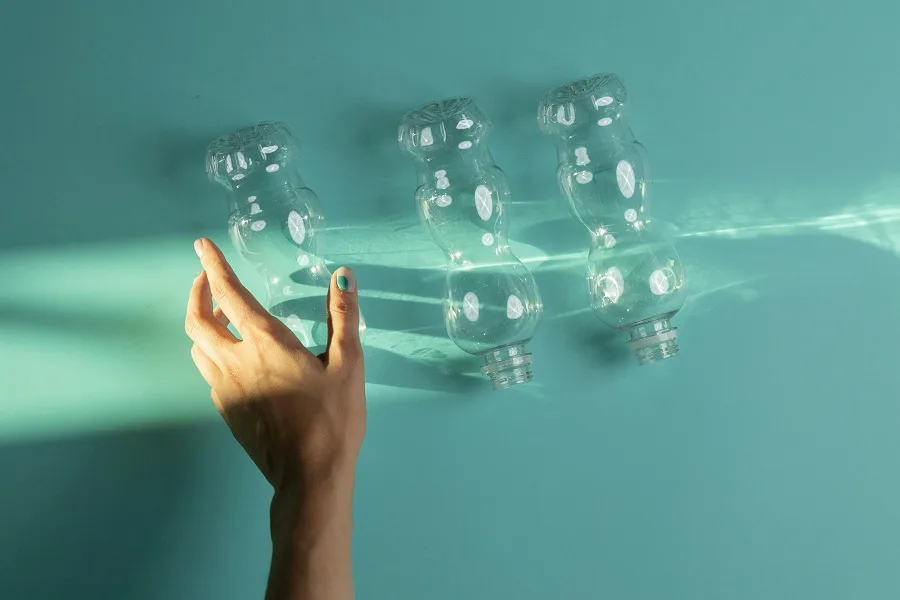
Budgeting for packaging design can feel like navigating uncharted waters, especially for emerging brands. How much does packaging design cost for a product? Instead of guessing or settling for cut-rate options that could harm your brand, let's explore a savvy approach to estimating your packaging design budget for drinks so you can avoid common pitfalls and secure a design that truly elevates your brand.
Avoid Common Budgeting Mistakes
Gut Instinct/Guessing
Many brands establish packaging design budgets based on arbitrary figures or what "feels right" rather than strategic analysis. This approach often leads to underinvestment that hampers market performance or overspending on elements that don't deliver commercial returns.
"Design by the Pound"
The allure of low-cost design platforms is understandable, but this approach is particularly problematic for beverage packaging. These services typically lack beverage-specific expertise, production knowledge, and strategic thinking that translate into effective market performance. As a result, the designs may look acceptable on screen but fail to perform on a shelf or create manufacturing challenges that increase production costs.
A Savvy Way to Estimate Your Packaging Design Budget
What is your COGS budget per unit?
Start by calculating your cost-of-goods-sold target. For most beverage products, the wholesale price is approximately 30 percent of the retail price. From this wholesale figure, subtract your production costs, ingredients, and desired margin to determine the maximum you can allocate to packaging costs (both design and production).
What's my real packaging design budget?
Amortize your design investment across your anticipated production volume.
For example, if you plan to produce 100,000 units in your first year, a $20,000 design investment adds just $0.20 per unit to your cost structure. Many businesses find that this perspective reveals that seemingly substantial design investments have minimal impact on unit economics while potentially driving significant sales increases.
What are our business goals for the brand?
Your market positioning should significantly influence your design investment. Premium and super-premium offerings require packaging that visually justifies their price points. For example, if you're offering a craft spirit at $45 while competitors sell at $30, your packaging must create a perceptible value difference that supports this premium. The right packaging conveys your brand story, creates engagement, and elevates perception before the consumer experiences your product.
Factors Influencing Packaging Design Costs
Understanding the elements that influence packaging design costs is crucial for effective budgeting. Many interconnected factors contribute to the final price, from the complexity of the design itself to the choice of materials and the design team’s expertise. Let's explore the key drivers behind packaging design pricing.
Design Complexity
A simple label design for a standard bottle naturally costs less than developing a completely custom bottle shape with intricate decoration techniques.
Design complexity encompasses several elements:
- The intricacy of illustrations and graphics needed, with hand-drawn custom artwork commanding premium rates over template-based designs.
- Structural complexity, including custom shapes, unusual opening mechanisms, or multi-component packaging systems requiring specialized engineering expertise.
- Finishing techniques like embossing, debossing, foil stamping, or spot varnishes that add tactile and visual dimensionality but require additional design considerations.
Branding Requirements
Whether you're developing packaging for a new product within an established brand framework or creating an entirely new brand identity, these requirements will largely impact design costs.
Established brands typically have comprehensive guidelines that packaging designs must adhere to, requiring designers to work within specific parameters while creating something fresh and compelling.
New brands need more fundamental identity work before packaging design can begin, potentially including name development, logo creation, color palette selection, and typography systems — all adding to the overall investment.
Materials & Printing
Material selection dramatically influences both design approach and final production costs. Each substrate (glass, plastic, metal) has unique design considerations and decoration limitations that skilled designers must navigate.
- Glass bottles offer premium aesthetics and excellent product protection but require specialized knowledge for decoration techniques like screen printing, ACL (Applied Ceramic Labeling), or etching.
- Plastic containers provide cost advantages and design flexibility, but present challenges for achieving premium appearances and sustainable positioning.
- Metal containers like aluminum cans or tins need specific design approaches to work effectively with their production methods and decoration capabilities.
Number of Products & SKUs
Many drink brands launch with multiple products or variants simultaneously, which multiplies design costs accordingly. While some economies of scale exist when designing across a product family, each SKU requires individual attention to maintain brand consistency while providing necessary product differentiation.
Creating a cohesive visual system that works across different container sizes, product variants, or complementary products requires strategic design thinking beyond individual package execution. The more extensive your product range, the more complex this system becomes.
Designer Experience & Expertise
Your design partner’s experience level significantly impacts both cost and outcomes. Junior designers or template-based services might offer attractive initial pricing, but typically deliver more generic results that fail to create meaningful differentiation. Mid-level designers with solid technical skills but less strategic expertise occupy the middle of the pricing spectrum.
Senior designers and specialized packaging firms command premium rates but bring invaluable expertise in consumer psychology, technical production knowledge, and strategic market positioning. While an investment, this expertise can significantly enhance how your product performs commercially.
Research & Strategy
Market analysis helps you understand competitive positioning, category conventions, and opportunity gaps that your packaging can address. Consumer insights research helps identify target audience preferences, behaviors, and unmet needs that can inform design decisions, while retail environment assessment ensures your packaging performs effectively in specific sales channels.
This strategic foundation dramatically improves the effectiveness of your packaging design investment but adds to the overall project cost. However, this upfront investment often pays off through improved market performance.
Types of Packaging Design and How They Affect Cost
Different design approaches serve different brand objectives and come with varying cost implications.
Graphic Packaging
This approach focuses primarily on innovative graphic design while utilizing standard structural components. By investing in distinctive illustration, typography, and color strategies on conventional bottles or cans, brands can create differentiation without the financial burden of custom structural development.
This approach works well for brands entering competitive categories with limited initial budgets. As a result of cost savings on structural development and tooling, brands can redirect this money to higher-quality printing techniques or sophisticated label materials.
Eco-Friendly Packaging
Sustainability-focused packaging design requires specialized expertise to balance environmental impact reduction with functional requirements.
This approach often involves:
- Material exploration to identify renewable, recycled, or biodegradable options ideal for beverage containment.
- Design strategies that minimize material usage while maintaining structural integrity.
- Consideration of end-of-life scenarios, including recyclability, composting, or reuse potential.
The design investment typically includes additional research, testing, and certification processes. While the initial costs may be higher, don’t overlook the brand value created through authentic sustainability efforts. This alone can deliver significant market advantages, especially with environmentally conscious consumer segments.
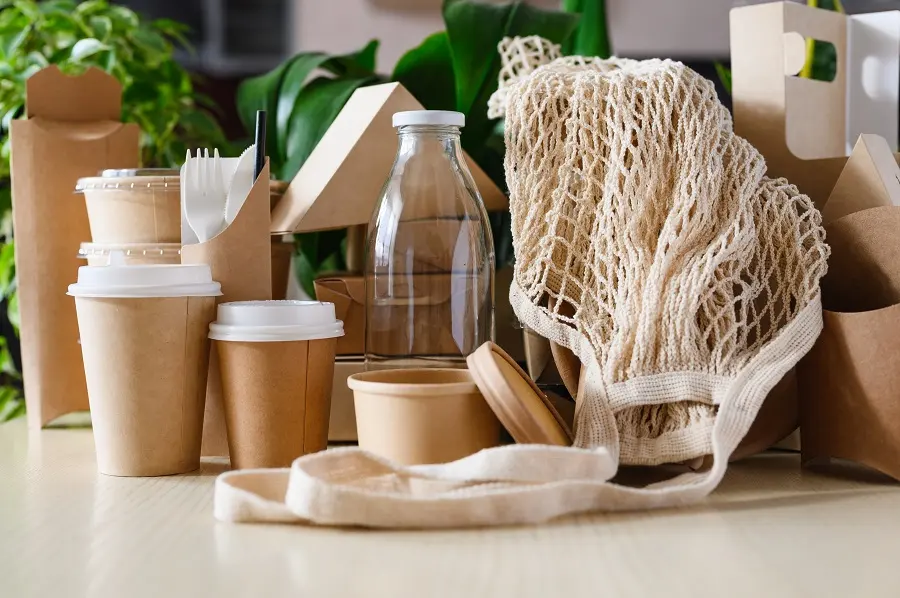
Novelty Packaging
Unconventional shapes, interactive elements, or unexpected materials create memorable consumer experiences and powerful differentiation.
This approach works particularly well for:
- Limited edition releases or special occasion offerings.
- Gift-oriented beverages, where the packaging enhances the giving experience.
- Brands targeting younger demographics who value shareability and experience.
Usually, novelty packaging demands the highest design investment due to custom structural development, specialized production techniques, and extensive prototyping. However, the social media exposure and word-of-mouth generated can significantly reduce customer acquisition costs.
Minimalist Packaging
"Less is more" approaches emphasize refined simplicity through carefully considered design restraint. This aesthetic communicates sophistication and confidence, especially effective for premium positioning. While seemingly simple, achieving effective minimalist design paradoxically requires intensive refinement to ensure every element serves its purpose.
The investment in minimalist packaging design is typically moderate but demands exceptional execution quality. The reduced visual complexity leaves nowhere to hide imperfections, requiring meticulous attention to material selection, production techniques, and quality control.
Interactive Packaging
Incorporating digital touchpoints through QR codes, augmented reality experiences, or NFC technology is an opportunity to engage with customers beyond the physical container.

This approach allows:
- Extended storytelling beyond the constraints of physical packaging.
- Direct consumer relationship development.
- Authentication for premium products and anti-counterfeiting protection.
The design investment includes both physical packaging design and digital experience development. While this increases overall costs, it creates opportunities for ongoing consumer engagement and valuable first-party data collection.
Seasonal or Limited Edition Packaging
Temporary packaging variations for seasonal offerings or special releases create urgency and collectibility with your audience, while keeping your brand perception refreshed. This approach requires designing within an established brand framework while introducing novel elements that justify the limited edition positioning.
The design investment varies based on the degree of departure from standard packaging, with costs potentially offset by premium pricing opportunities and increased sales velocity.
Get Packaging Design Guidance for Your Beverages!
Ready to create packaging that sells your beverage brand? Our packaging specialists at Ashland Container can help you develop cost-effective solutions that align with your brand goals.
Ashland Container: Your Custom Packaging Designs Provider for Drinks
There are many moving parts to consider regarding your packaging solutions. The better you understand the factors influencing pricing, the more informed your investments. Packaging design pricing typically ranges from $2,000 for basic adaptations to $50,000+ for comprehensive custom solutions.
The right packaging design investment balances immediate budget considerations with long-term brand building and sales potential. By viewing packaging design as a strategic investment rather than a production expense, you position your drink brand for stronger market performance and consumer connection.
Whether you're launching a craft brewery, premium spirits label, or functional beverage startup, we'd be happy to discuss your specific packaging requirements and help you develop solutions that align with your brand aspirations and business realities. Our hands-on experience working with brands like yours enables us to provide invaluable guidance every step of the way.
Ashland Container is a full-service distributor of packaging components, including plastic and glass packaging, with in-house decorating capabilities. Contact us for a comprehensive consultation today!

